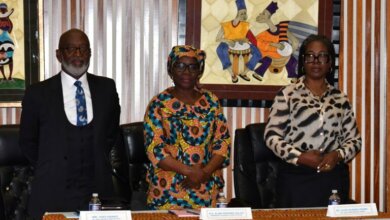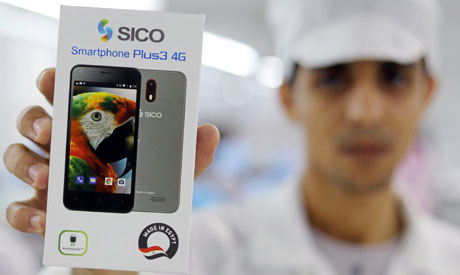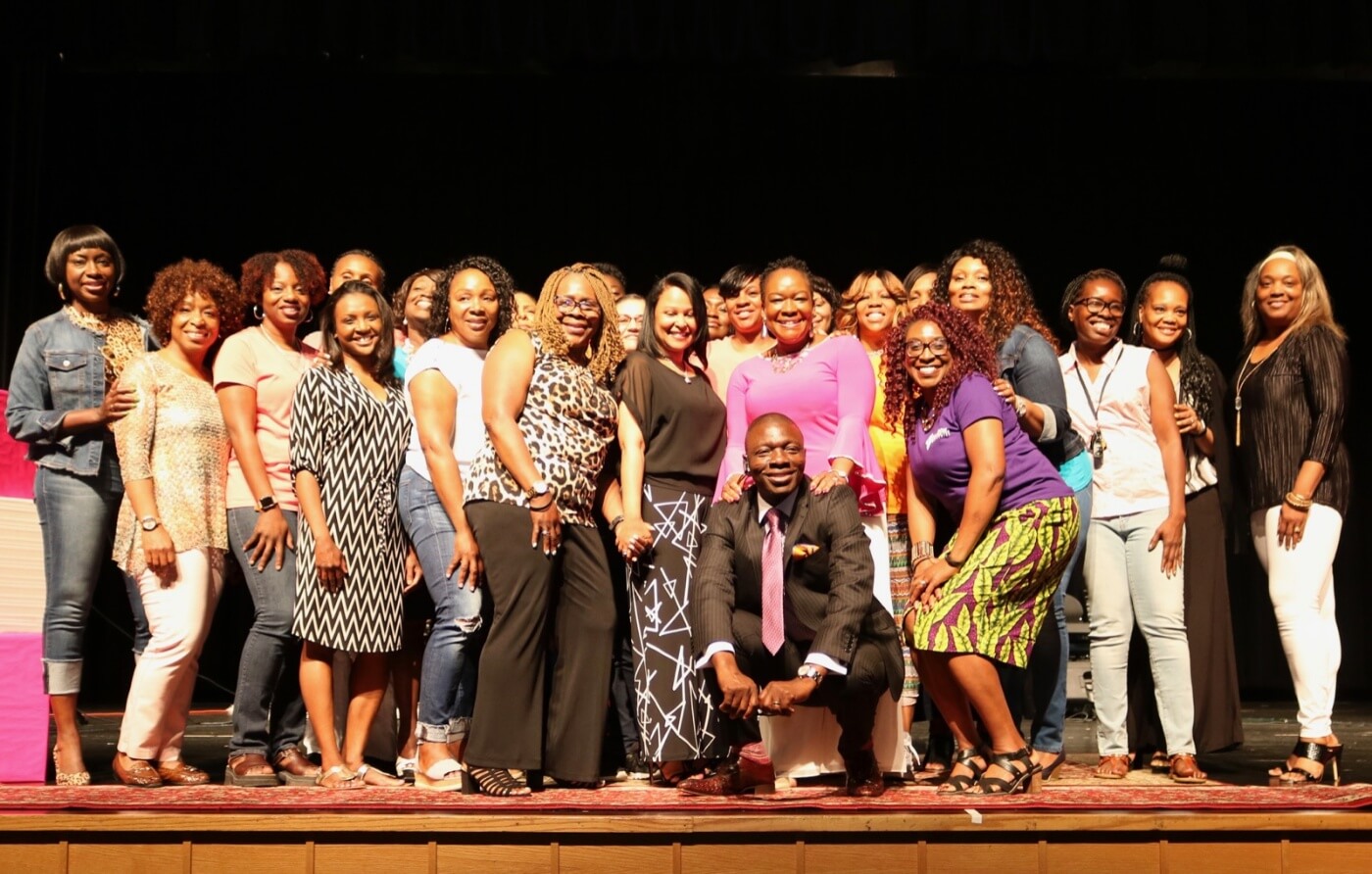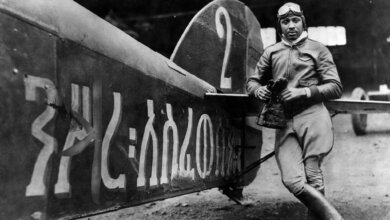Overlooked Black inventions in everyday life
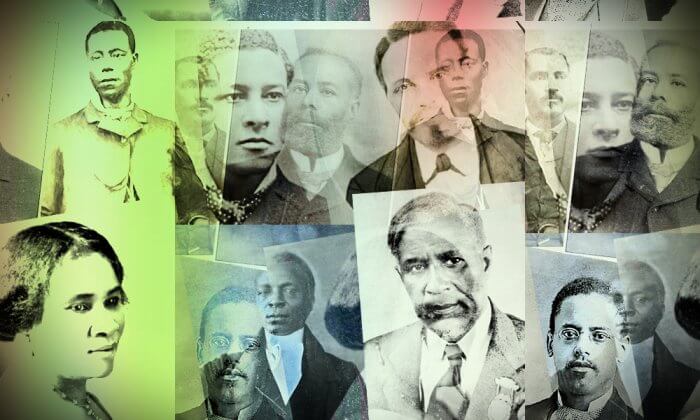
Most people think of the light bulb, the cotton gin, or even the iPhone when it comes to pivotal inventions. However, behind numerous inventions that enhance our daily routines are the creative minds of African American inventors.
Black inventors have profoundly shaped modern life, often without due recognition. Their innovations, born from ingenuity, touch countless aspects of daily routines. However, systemic racism, including exclusion from patent systems before 1865 and limited access to capital, obscured many contributions.
These often-overlooked inventions reveal how African American innovators have fundamentally shaped daily life. Their contributions play a critical role in technology and convenience across industries. Innovation truly knows no boundaries. Here’s a look at some essential devices brought to life by African American inventors:
Improved Ironing Board – Sarah Boone (1892)
One of the earliest examples of a Black female inventor, Sarah Boone’s enhancements to the ironing board (registered under U.S. Patent No. 473,653) helped modernize the appliance. Boone, who was born enslaved, saw potential in improving the basic wooden board, making it narrower and curved for easier ironing.
The board was also reversible, supported by a detachable stand, making it portable and easy to store—an early nod to space-saving design. Its stable structure prevented slipping and ensured even pressure, reducing the risk of scorching clothes. Boone’s invention saved time and effort, particularly for women who bore the brunt of domestic chores, and supported the growing ready-to-wear clothing industry by enabling well-pressed garments, a mark of professionalism and status.
As a Black woman, possibly born enslaved in 1832 North Carolina, Boone overcame immense barriers in a racist and sexist patent system, making her one of the earliest Black women to secure a U.S. patent. Her design not only made ironing more efficient, but also inspired the modern versions we use today.
Home Security System – Marie Van Brittan Brown (1966)
Years before home security systems became standard, Marie Van Brittan Brown, a nurse in Queens, New York, designed a system for her own peace of mind (registered under U.S. Patent No. 3,482,037). Often alone due to her husband’s night job, Brown developed a camera and monitor system allowing her to see who was at the door. The setup also included a two-way microphone, a remote door lock, and an emergency alert button. This pioneering system was patented in 1969, with Brown’s design influencing today’s home security technology.
The system was an early form of closed-circuit television (CCTV), and it was groundbreaking, as CCTV was primarily used by military and commercial entities in the 1960s. Despite its ingenuity, the high cost of cameras, monitors, and microphones made it unaffordable for most households, preventing mass production. The Browns hoped to attract manufacturers, but the technology was too advanced for widespread adoption at the time.
The patent, with Marie as the lead inventor, was cited in at least 32 subsequent patent applications, influencing modern security systems in homes, businesses, and public spaces. Brown’s invention laid the foundation for features like video monitoring, remote door locks, and instant police alerts, now standard in devices like Ring doorbells. She received recognition, including an award from the National Scientists Committee.
Three-Light Traffic Signal – Garrett Morgan (1923)
The traffic light’s basic three-light design (registered under U.S. Patent No. 1,475,024) owes much to Garrett Morgan, a Black inventor who built on existing systems in the 1920s. After witnessing a serious car accident in Cleveland, Ohio, Morgan realized the need for a system to warn drivers of an impending stop. His addition of a “yield” signal helped improve traffic flow and safety, and his version became a model for modern traffic signals worldwide.
Morgan designed a T-shaped, hand-cranked device with three positions: “stop,” “go,” and an intermediate “caution” that paused traffic in all directions, giving drivers time to clear intersections safely. This caution signal, a precursor to today’s yellow light, reduced collisions and improved flow, especially in busy urban areas like Cleveland, where horse-drawn carriages, streetcars, and cars competed for space. His signal used semaphore-like arms, raised or lowered by an operator, and could be adapted for nighttime use with colored lights, laying the groundwork for automated electric signals.
Morgan’s design was so effective that General Electric bought the rights for $40,000 (roughly $700,000 today), though he faced racial prejudice that limited his public recognition. His traffic signal patent was cited in later designs, and its principles remain integral to modern four-way signals worldwide. Beyond traffic, Morgan invented a smoke hood in 1914, a precursor to gas masks used in World War I, saving countless lives.
Refrigerated Trucks – Frederick McKinley Jones (1940)
Frederick McKinley Jones transformed the transportation of perishable goods with his invention of a roof-mounted cooling system for trucks in the mid-1930s. Patented in 1940 under U.S. Patent No. 2,475,841, Jones’ innovation allowed goods to stay fresh during long hauls, revolutionizing grocery supply chains and even aiding in food and medical supply preservation during World War II.
In 1938, while working for Joseph Numero’s Ultraphone Sound Systems in Minneapolis, a trucking executive’s complaint about spoiled poultry sparked an idea. Numero tasked Jones with building a refrigerated truck, as ice-based cooling was unreliable, melting quickly, and early electric systems couldn’t withstand road vibrations or long trips without recharging. Jones designed the Thermo Control Model A, a compact, roof-mounted unit with a gasoline-powered compressor that cooled air via refrigerant tubing, durable enough to handle long-haul travel. Though effective, it was heavy, leading to the lighter but less sturdy Model B.
By 1941, Jones perfected the Model C, a front-mounted unit that was compact, vibration-resistant, and widely adopted. His invention enabled year-round transport of fresh produce, meat, and dairy, revolutionizing grocery chains and creating the frozen food industry. During World War II, Jones’ units preserved food, blood, and medicine for troops, cooling field hospitals and B-29 bomber cockpits, saving countless lives. He co-founded the U.S. Thermo Control Company (now Thermo King) with Numero, which became a multimillion-dollar enterprise by 1949.
Jones secured over 60 patents, 40 in refrigeration, and was the first Black member of the American Society of Refrigeration Engineers in 1944. Posthumously, he received the National Medal of Technology in 1991, a first for a Black inventor. Despite racial barriers, his work globalized food access, enabled supermarkets, and reshaped eating habits, yet his name remains underrecognized for making fresh food a daily staple.
Automatic Elevator Doors – Alexander Miles (1887)
Before automatic doors, riding an elevator required manually closing both the car and shaft doors, leading to frequent accidents. Alexander Miles, inspired by a close call his daughter had, patented a mechanism for automatic doors in 1887. He registered it under U.S. Patent No. 371,207. The invention, which automatically opened and closed both doors, was a game-changer, significantly improving elevator safety. Variations of his design are still used in elevators today.
The system used a flexible belt with levers and pulleys attached to the elevator car and shaft doors, ensuring doors opened when the car arrived at a floor and closed securely when it departed. A drum and rope mechanism synchronized the movement, preventing the elevator from operating if doors were ajar, thus reducing the risk of falls. This automation not only enhanced safety but also sped up elevator operation, making high-rise buildings more practical and accessible.
As a Black man in post-Civil War America, Miles faced racial barriers but leveraged his business acumen to secure the patent and promote his invention, which was widely adopted in cities like Chicago and New York. His work earned him induction into the National Inventors Hall of Fame in 2007, though his name remains less known than contemporaries like Elisha Otis, who invented the elevator safety brake.
Electret Microphone – James E. West (1964)
As an engineer at Bell Labs, James E. West co-invented the electret microphone with Gerhard Sessler (registered under (U.S. Patent No. 3,118,022). This microphone was more compact, reliable, and cost-effective than previous models, and its design became the industry standard. In the early 1960s, microphones like dynamic and condenser models were bulky, expensive, and required external power sources, limiting their use in portable devices. West, who joined Bell Labs in 1957 after earning a physics degree from Temple University, aimed to create a compact, affordable, and reliable alternative.
Working with Sessler, he developed the electret microphone, which used a permanently charged material, electret foil, a polarized dielectric like Teflon, to convert sound waves into electrical signals without needing an external power supply. Their breakthrough involved solving the problem of maintaining a stable charge in humid conditions by using a thin, metallized Teflon film stretched over a perforated backplate, allowing the diaphragm to vibrate freely and capture sound accurately. This design was durable, lightweight, and inexpensive, making it ideal for mass production.
By 1968, after refinements to improve moisture resistance and frequency response, the electret microphone dominated the market, replacing earlier technologies in telephones, tape recorders, and hearing aids. Today, it’s found in over 90% of microphones, powering smartphones, laptops, earbuds, and conference systems. West’s invention transformed communication, enabling clear, accessible audio in everyday devices, from Zoom calls to voice assistants.
Despite facing racial discrimination, including initial rejections from engineering programs, West earned over 250 patents and became a leading figure in acoustics, receiving the National Medal of Technology and Innovation in 2006. His work at Bell Labs, where he also improved telephone audio quality and studied psychoacoustics, reshaped how the world hears and speaks, yet his role in making modern communication seamless remains undercelebrated.
Carbon Light Bulb Filament – Lewis Latimer (1881)
While Thomas Edison perfected the light bulb, African American inventor Lewis Latimer contributed a key improvement by creating a carbon filament that extended the bulb’s lifespan in 1881 (registered under U.S. Patent No. 247,097). Latimer’s work made the light bulb more practical for widespread use, earning him a place at Edison’s own Electric Light Company and cementing his role in lighting history.
Edison’s 1879 bulb used a paper filament that burned out quickly, often within hours, and was expensive to produce. Latimer’s innovation replaced it with a carbon filament, created by carbonizing cotton threads or other fibrous materials in a vacuum, which lasted longer, sometimes weeks, and was cheaper to manufacture. His process involved carefully preparing and coiling the filament to maximize efficiency, reducing energy waste and making bulbs more reliable for household and commercial use.
This improvement helped electric lighting spread beyond wealthy homes and businesses, illuminating cities and transforming daily life by extending productive hours into the night. Latimer’s filament was so effective that it became the standard until tungsten filaments emerged decades later. Beyond the filament, Latimer contributed to other lighting advancements, including a safer, more efficient bulb socket and a method to prevent bulb blackening, further enhancing longevity. His 1881 patent, co-filed with Joseph V. Nichols, was followed by another in 1882 (U.S. Patent No. 252,386) for a manufacturing process that streamlined filament production.
As a Black man in a racially segregated era, Latimer faced significant barriers, yet his expertise earned him respect in scientific circles; he later worked directly with Edison, drafting patents and defending them in court. His contributions extended to other fields, like improving railway car bathrooms and aiding Alexander Graham Bell’s telephone patent drawings. Despite his impact, Latimer’s role is often overshadowed by Edison’s fame.
Color IBM PC Monitor and Gigahertz Chip – Mark Dean (1980 and 1999)
Mark Dean, a Black engineer and IBM pioneer, helped develop the colour PC monitor and the gigahertz chip. Dean was part of the team that created IBM’s first personal computer, bringing colour displays to computers. In 1999, he led the team that produced the gigahertz chip, enabling faster processing speeds and setting the stage for advancements in modern computing.
His efforts enabled vibrant, user-friendly interfaces, enhancing applications from business software to early gaming and setting a standard for home and office computing. The gigahertz chip dramatically boosted PC performance, enabling faster data processing for internet applications, gaming, and complex computations, and laid the groundwork for modern high-speed processors, including those powering consoles like the PlayStation 3 and Xbox 360.
Despite these achievements, Dean, who earned a master’s from Florida Atlantic University in 1982 and a PhD from Stanford in 1992, faced racial barriers in a predominantly white industry. Named IBM’s first African-American Fellow in 1995, he also received the Black Engineer of the Year President’s Award in 1997 and was inducted into the National Inventors Hall of Fame. With over 20 patents, Dean’s innovations are embedded in everyday technology, yet his name remains less recognized than peers like Bill Gates.
Marian Croak – Voice over Internet Protocol (VoIP) technology (1980s)
Marian Croak, a pioneering Black inventor and engineer, played a pivotal role in developing Voice over Internet Protocol (VoIP) technology, which enables voice communication over the internet. Her work has fundamentally transformed how people connect, powering tools like Zoom, Skype, and countless communication platforms integral to modern life.
In the 1980s and 1990s, Croak worked at Bell Labs (part of AT&T), where she focused on advancing digital communication. She contributed to algorithms and protocols that allowed voice data to be digitized, compressed, and transmitted efficiently over internet networks, rather than traditional telephone lines. This was a critical step in making VoIP scalable and reliable.
This system gained prominence during disaster relief efforts, such as after Hurricane Katrina, enabling rapid fundraising through simple text messages. Croak holds over 200 patents, many related to VoIP and its applications.
Written by Kweku Sampson & Abeeb Lekan Sodiq

This article is published by either a staff writer, an intern, or an editor of TheAfricanDream.net, based on editorial discretion.

